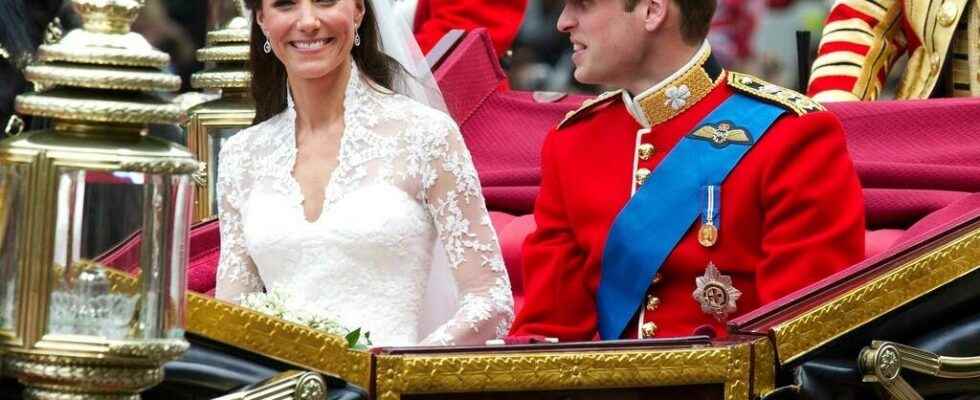In the Netherlands, the king’s carriage will remain in the Amsterdam Museum! However, it took six years of work to renovate it! But faced with the controversy over one of his drawings, King Wilhem and Queen Maxima preferred to play it safe. Criticized by human rights associations, this drawing on the carriage represents black men subjected to a white mistress. A Dutch controversy gives us the opportunity to focus this week on this very special transport, the royal carriage.
Before having the heating of the double glazing and the comfortable suspensions, the royal carriages let the drafts pass, they were cold, hurt the back, the buttocks. Yet kings and queens used them for all their trips. And sometimes very long journeys.
” The royal carriage allows contact with the crowds, much closer than by car. “, explains the historian Patrick Weber.
In Europe, it was in the 1950s that the royalties divided, judging the carriage contrary to modernity. Belgium, Luxembourg, Spain and Norway have abandoned the coach deemed outdated. On the other, Great Britain, Denmark, Sweden and the Netherlands retain it. But only for parades, weddings and ceremonies.
For Patrick Weber, Belgian historian, expert on European royalties, outings in carriages are part of the splendor, and even the magic that kings and queens convey in the imagination.
” Firstly because these carriages are repaired and renovated by excellent craftsmen who respect the materials and techniques of yesteryear. Today, royal carriages are used in the most important moments of royal families, the opening of Parliaments, weddings. It is certain that for the magic to work, it takes a shift, that the royal life does not resemble the life of Mr and Mrs Everybody. »
The Regalia stimulate the imagination
These prestigious accessories and vehicles, called the Regalia (the carriage, the crowns, the scepters), are anachronistic for some, however the carriage with its wheels and its high seats allows the crowds to see their sovereigns. Which is more difficult in a motorized car. So, instead of nostalgia, the carriage can on the contrary appear as a strategic tool.
the Royal Mews, success at Buckingham Palace
It is at the shop of the royal museums that we can still best measure the success of the royal carriages. the Royal Mews of London is undoubtedly the most visited in Europe. Admissions also bring money to the country. In France, royalty has disappeared but the crowds of visitors to the stables of Versailles prove the prestige of a bygone power.
The carriages on display bring money to the countries
In each European royalty, museums and large stables welcome passionate tourists every year.
Katia Alibert is one of the best placed to talk about it. Deputy editor of the magazine Gala, close to the British royal family, she knows their habits by heart. ” Today at the court of London, one cannot envisage a marriage or a baptism without a carriage. Apart from the ceremonies, the kings and queens travel by car. This is the case of the King of Spain Felipe and his wife, Queen Letizia. In England, Queen Elizabeth II loves to drive. She owns a garage of English cars, Range Rovers, Bentleys, Rolls-Royces. As for the princely couple William and Kate, they move rather in a sedan. »
The most ecological coach
Contrary to what one might have thought, the royal carriages, apart from the case of the engravings of the royal carriage of the Netherlands, are coming back into fashion, as ecological transport, less polluting than a car. But here again, the controversy has resumed its rights since in Belgium, animal protection associations denounce their use in the public space. This is as true for the mounts of the guard of the journey as for the “tractors… Thus are named the horses at the head of the procession!”
